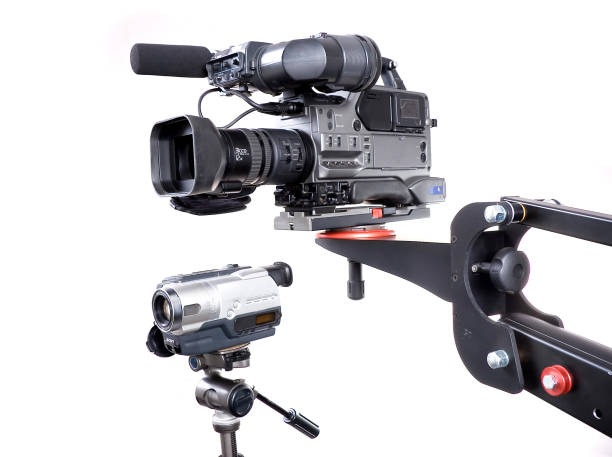Imaging technology has become indispensable in today’s world, shaping how humans observe, record, and interpret their surroundings. Among the many breakthroughs that have defined modern imaging, theccd camera stands out as one of the most influential. Known for delivering high-quality, consistent, and noise-free images, this technology continues to be a trusted tool in numerous specialized fields.
Fundamentals of CCD Operation
The operation of a ccd camera is rooted in the principle of converting light energy into electronic signals. A CCD sensor contains thousands or even millions of tiny light-sensitive cells, or pixels. When light strikes these pixels, they store an electric charge proportional to the light intensity. These charges are then transferred sequentially through the sensor and processed into a digital image.
This readout method ensures uniformity and minimizes variations, producing images that exhibit excellent clarity and detail. While this process may be slower than modern alternatives, its precision and reliability have earned it a lasting place in professional imaging applications.
CCD Technology in Astronomy and Research
The ccd camera has had a profound impact on astronomy and scientific research. Before its invention, film-based methods made it difficult to capture distant or faint celestial objects accurately. With CCD sensors, astronomers gained the ability to record high-resolution, low-noise images of galaxies, nebulae, and planets. These sensors also boast a higher quantum efficiency, allowing them to detect weak light sources that traditional film could not capture.
In laboratories, CCD cameras play a vital role in microscopic imaging, spectroscopy, and chemical analysis. Researchers rely on them for capturing precise visual data essential for experimental observations. Their high dynamic range ensures that even subtle variations in brightness are accurately represented.
Industrial and Security Applications
Industries that require meticulous visual inspection have embraced the ccd camera for its superior image consistency. Automated inspection systems depend on these cameras to detect imperfections on products, read barcodes, and verify component placement. The technology’s reliability ensures minimal false detections, making it ideal for manufacturing environments that demand zero tolerance for errors.
Security systems also make use of CCD sensors to ensure high-quality surveillance. Their capability to function effectively in varying lighting conditions helps provide clear evidence and improve safety monitoring in sensitive locations.
CCD versus CMOS: A Comparison
When comparing a ccd camera to a CMOS-based system, the differences often come down to performance priorities. CMOS sensors offer faster readout speeds and lower power consumption, making them suitable for everyday electronics like smartphones and webcams. However, CCD sensors still dominate areas where image quality and accuracy are more critical than processing speed. The consistent noise reduction, excellent color depth, and precise light handling of CCD technology continue to make it a gold standard for professionals.
Future Trends and Technological Enhancements
Despite competition from CMOS sensors, innovation in CCD design persists. Manufacturers have introduced advanced cooling systems, increased pixel density, and refined readout circuits to enhance performance. Hybrid imaging systems that integrate the best features of both CCD and CMOS technologies are also emerging, expanding the potential applications of CCD sensors.
Researchers are exploring new materials and designs to make CCD sensors more efficient while reducing their energy consumption. These developments may pave the way for a resurgence of CCD-based imaging in the coming years.
Conclusion
The ccd camera has left an indelible mark on the world of imaging. Its precision, stability, and image integrity have shaped industries ranging from astronomy to manufacturing. Even as technology advances, the qualities that define CCD sensors—clarity, uniformity, and low noise—remain benchmarks for excellence. The evolution of this technology continues to influence future innovations, reaffirming its place as a cornerstone of visual science and industrial precision.





Comments